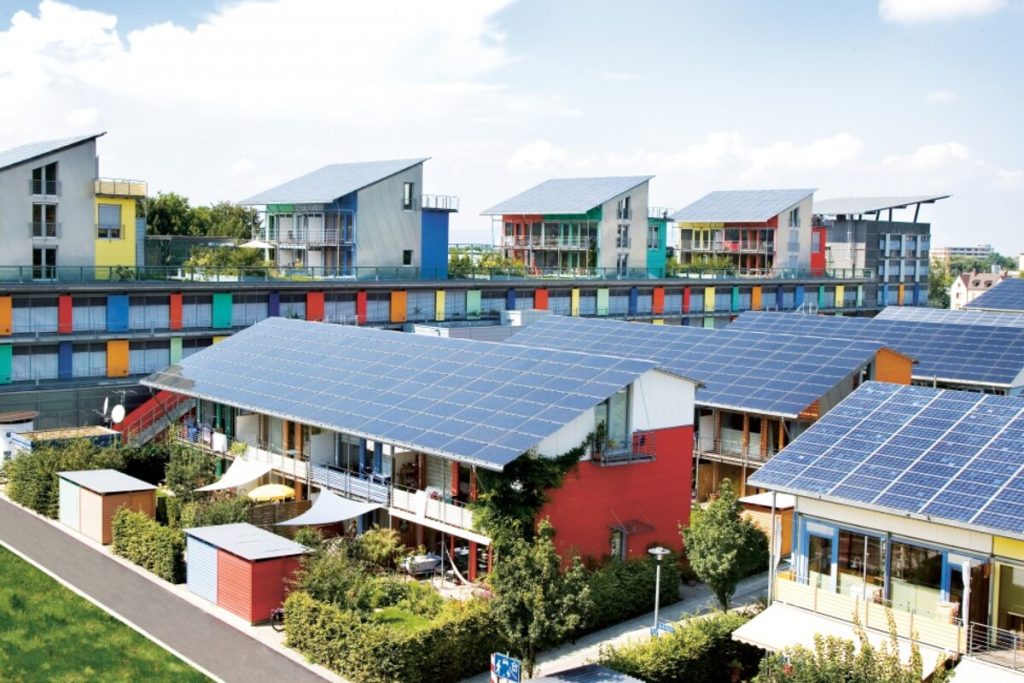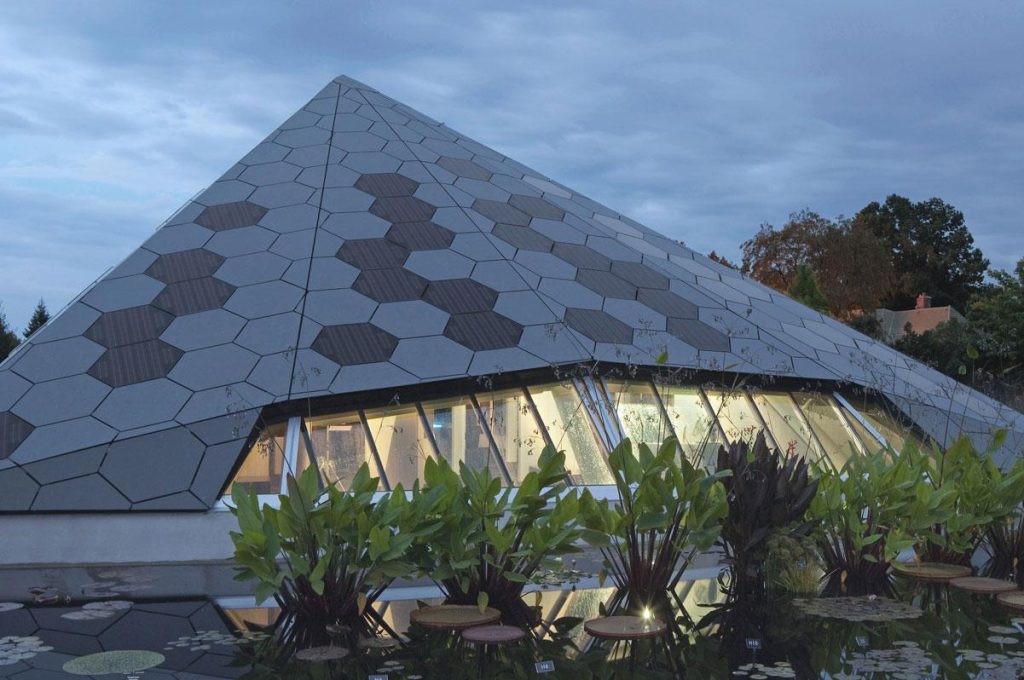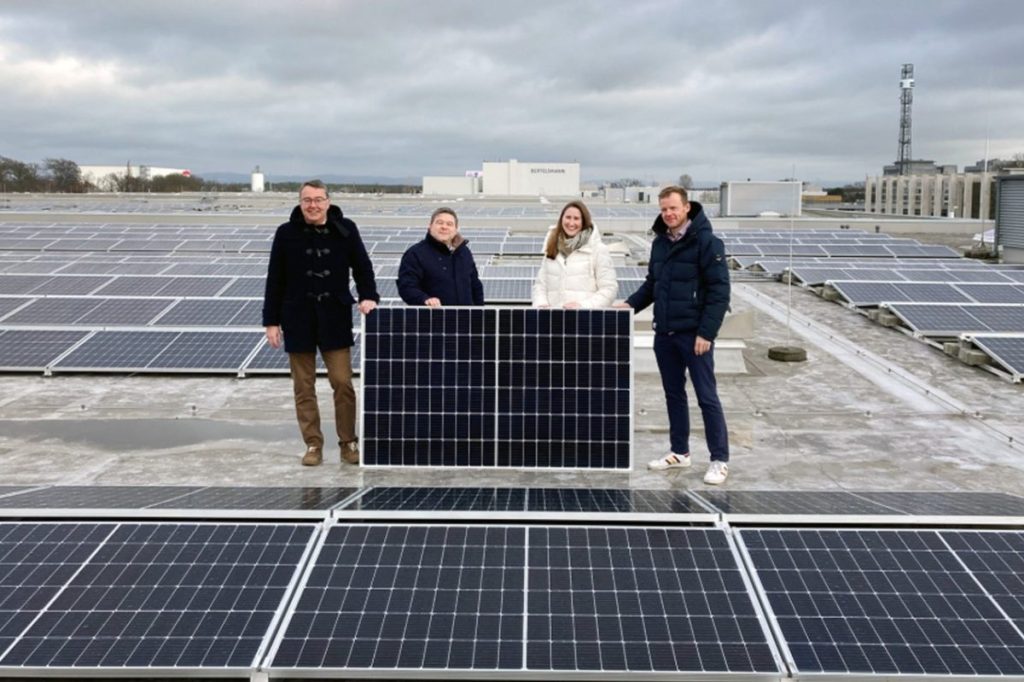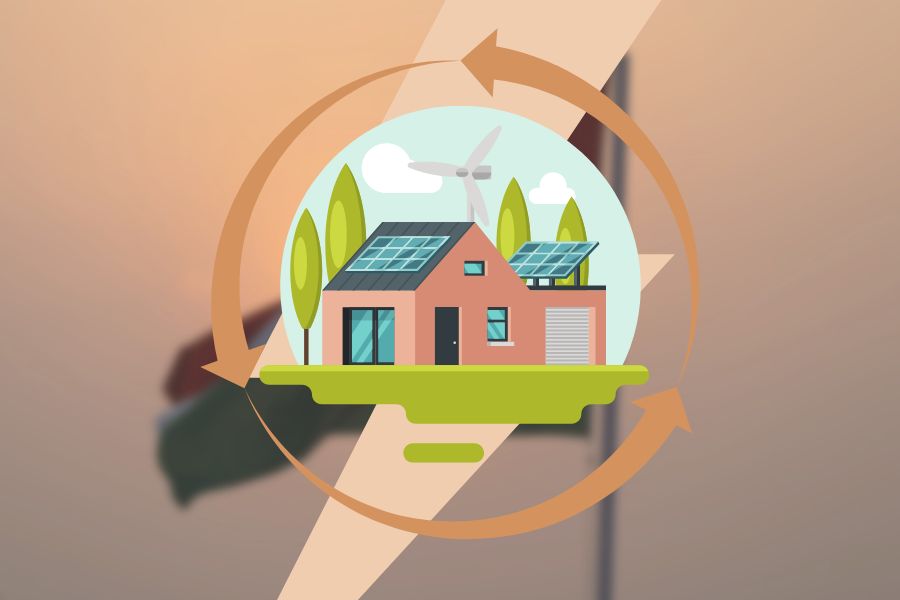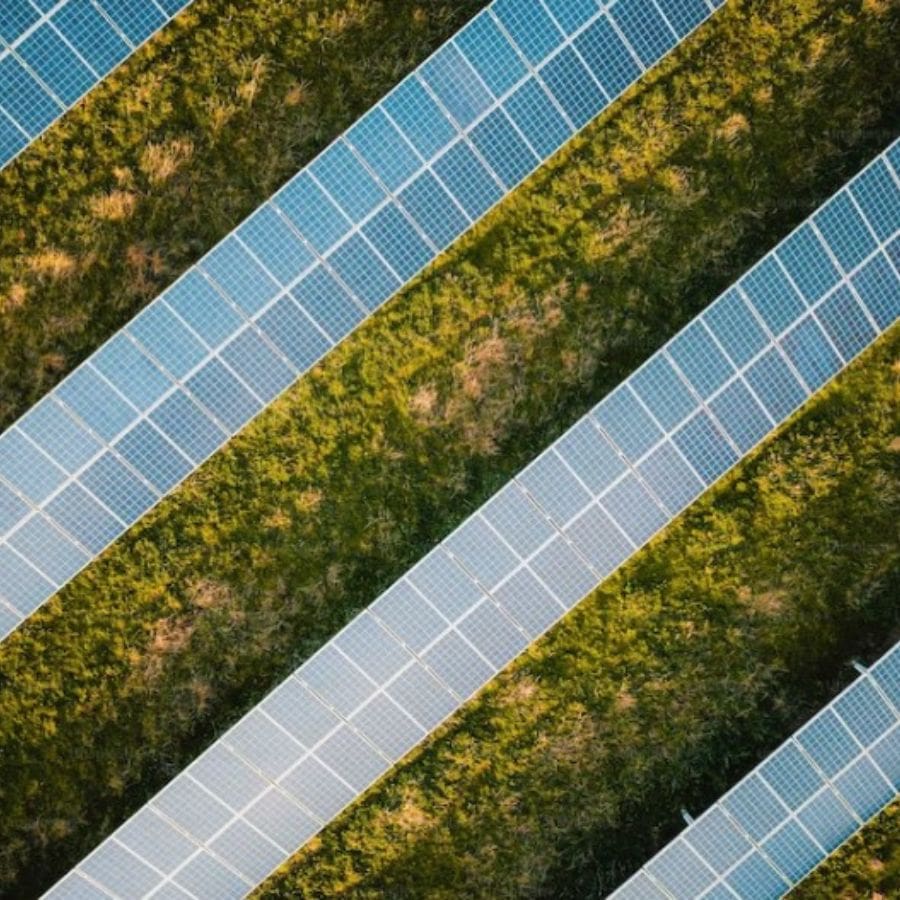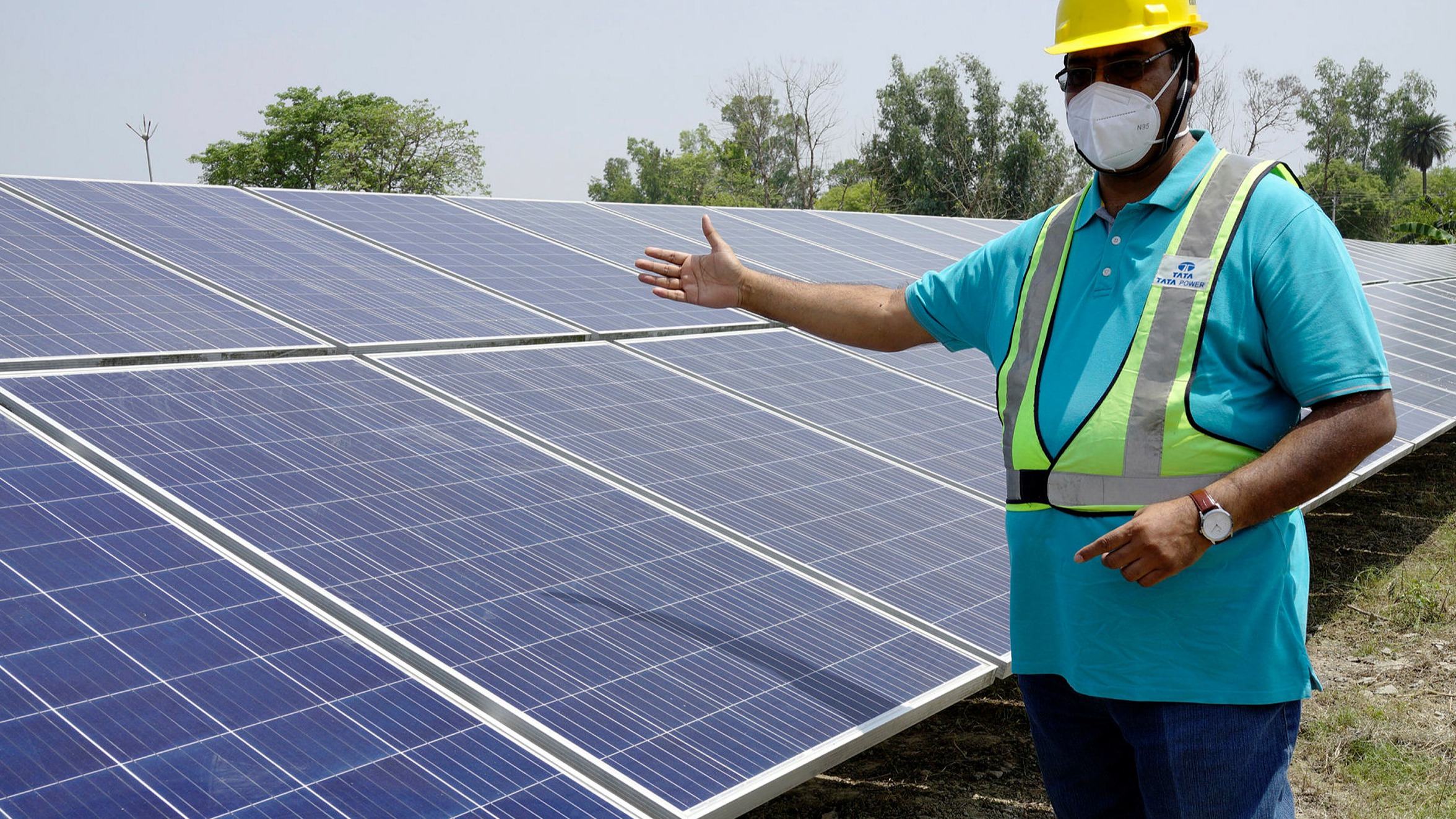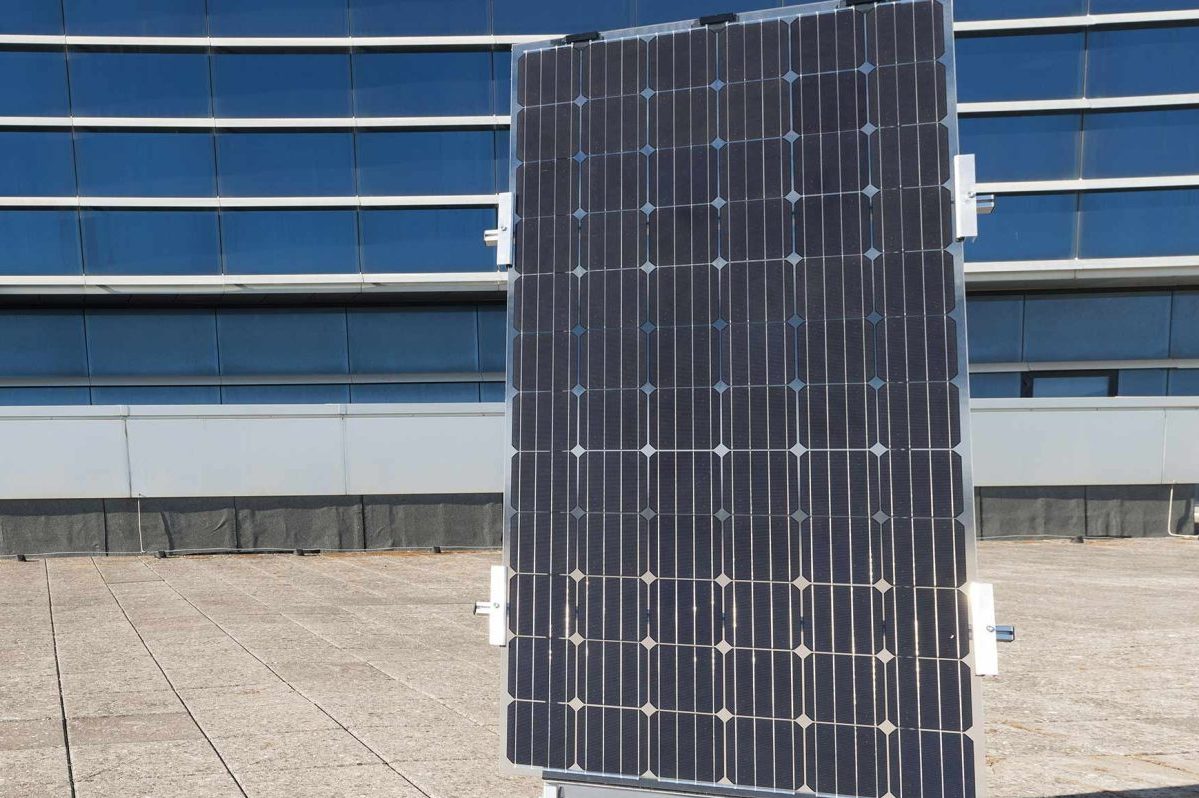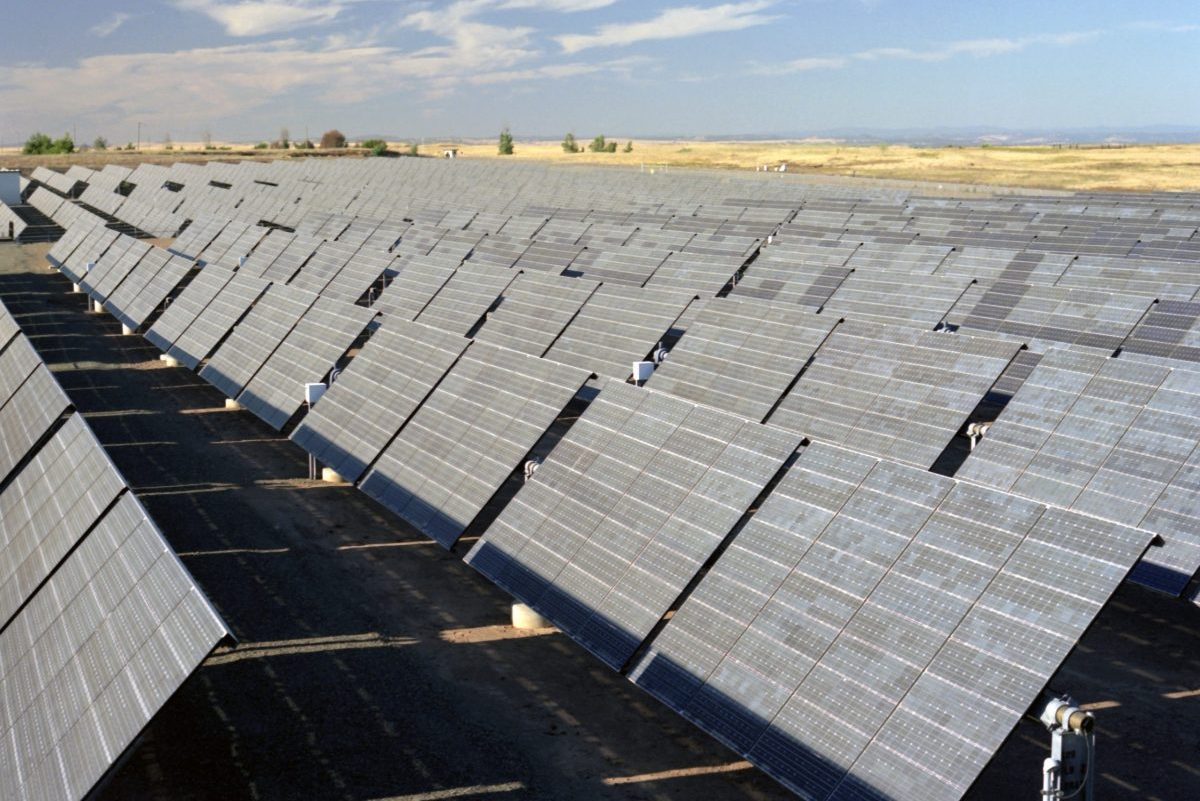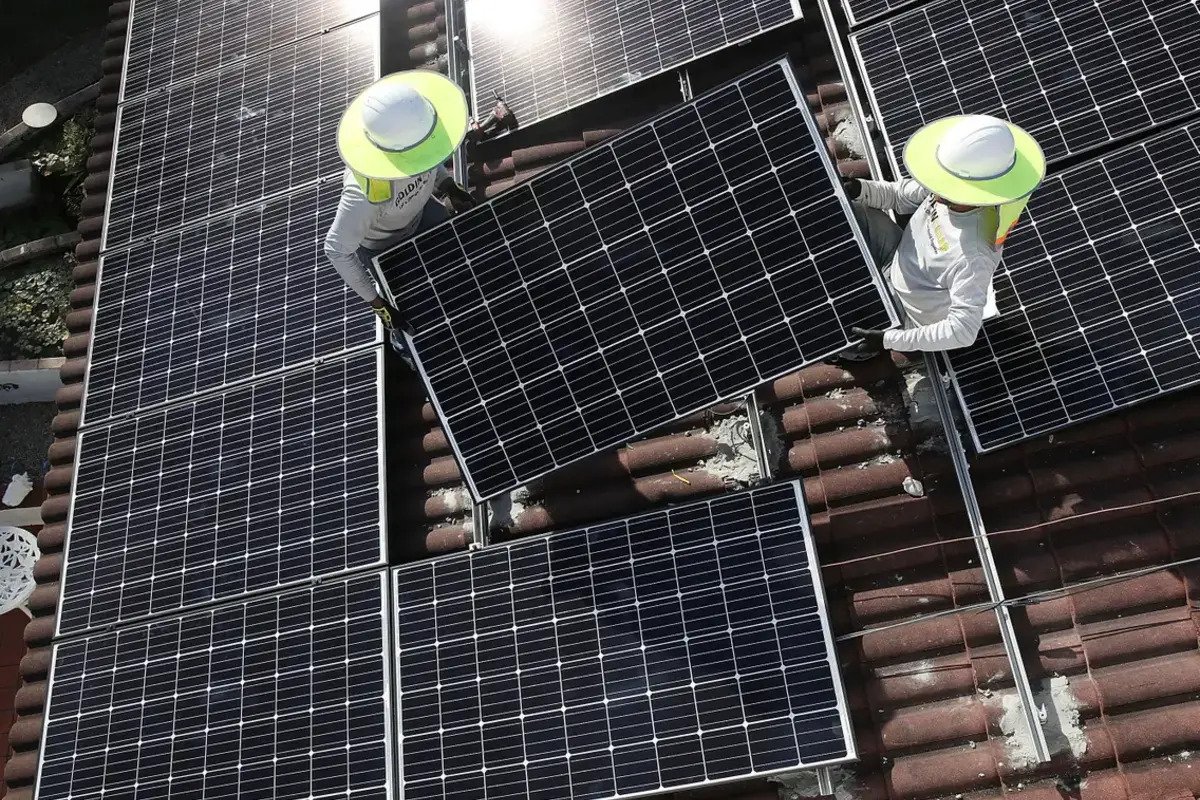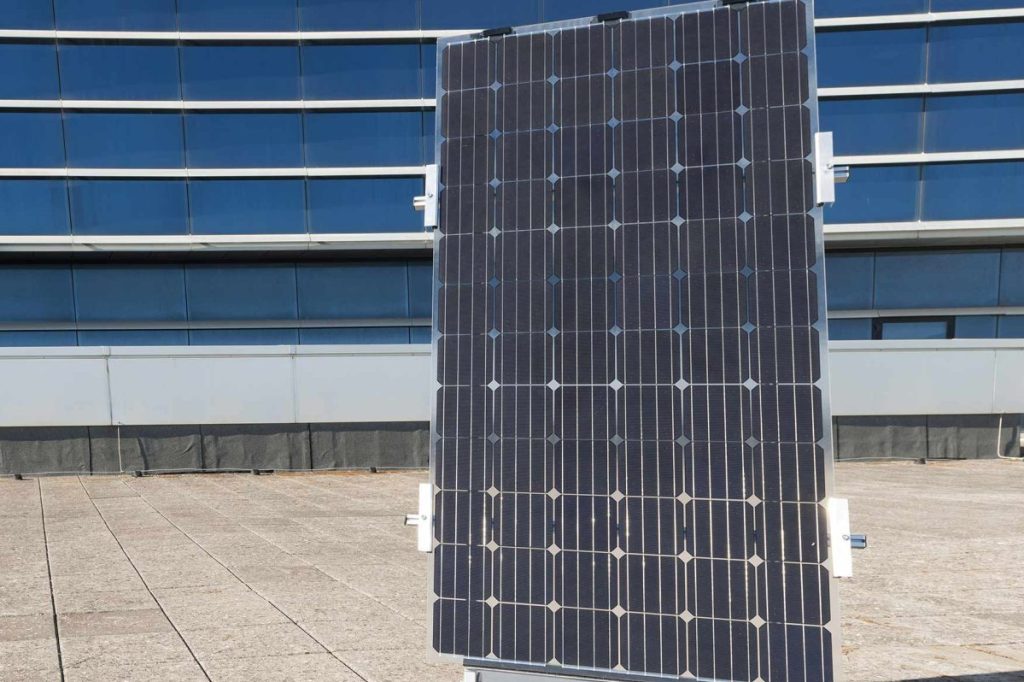Wondering how much KW is required for a house in India? Well, we got you covered. With the growing concern for environmental sustainability and the increasing cost of conventional energy sources, many households in India are turning to solar power as an alternative energy solution.
Solar power offers a clean, renewable, and cost-effective way to meet the energy needs of a house. However, determining the correct capacity of the solar power system can be a complex task. Tools like a kilowatt hours to watts calculator can be invaluable in making these calculations.
This article will explore the factors influencing the required kilowatt (KW) capacity for a house running on solar power in India. We’ll also guide you on how to use these calculators to estimate your home&#…
Renewable energy is at the forefront of global efforts to combat climate change and transition towards a sustainable future. Solar power has emerged as a promising solution among the various renewable energy sources. According to Irish Solar, even businesses are joining the solar power switch for sustainability and lower costs.
This article delves into the concept of solar farms in Ireland, exploring their potential, current status, benefits, and challenges.
The Potential of Solar Energy in Ireland
…
In simple terms, smog is air pollution that lower visibility. This pollution occurs as a result of harmful pollutants like carbon monoxide (CO), nitrogen oxides (NOx), sulfur dioxide (SOx), and volatile organic compounds.
How is Smog Formed?
The main components of smog are ground-level ozone and airborne particulate matter. Ground-level ozone is formed when volatile organic compounds and nitrogen oxides create a chemical reaction where there is sunlight.
On the other hand, particulate matter compromises solid particles and tiny liquid droplets emitted during combustion. Particulate matter can also be introduced to the atmosphere due to chemical reactions involving…
Solar photovoltaic cells convert energy from the sun into electricity. There are different types of PV cells used from different materials, with the most common material used being silicon. The different types of photovoltaic cells include:
1. Monocrystalline Silicone Cell
This is one of the main types of photovoltaic cells on the market. Produced from monocrystalline silicon, this solar PV cell has 15% efficiency, which makes it one of the most effective PC cells on the market.
It is made with monocrystalline silicon, which is high purity silicon. The single-crystal silicon seed is dipped in molten silicon before it is slowly pulled out. This creates a single-crystal …
Successfully ingraining solar technology in urban living means that the implementation should feel natural and is something that society accepts. A full-scale integration should also have the participation and involvement of all the stakeholders: not only the ones responsible for the technological innovations and solar-cell companies but also the designers, municipalities, architects, energy and construction companies, and the citizens.
Every space found in a crowded urban area has a purpose and should not be put to waste. This is how maximum integration can be achieved. It’s then essential that every surface in the city that can be illuminated by sunlight is used for the implementation of photovoltaics and solar thermal technologies…

